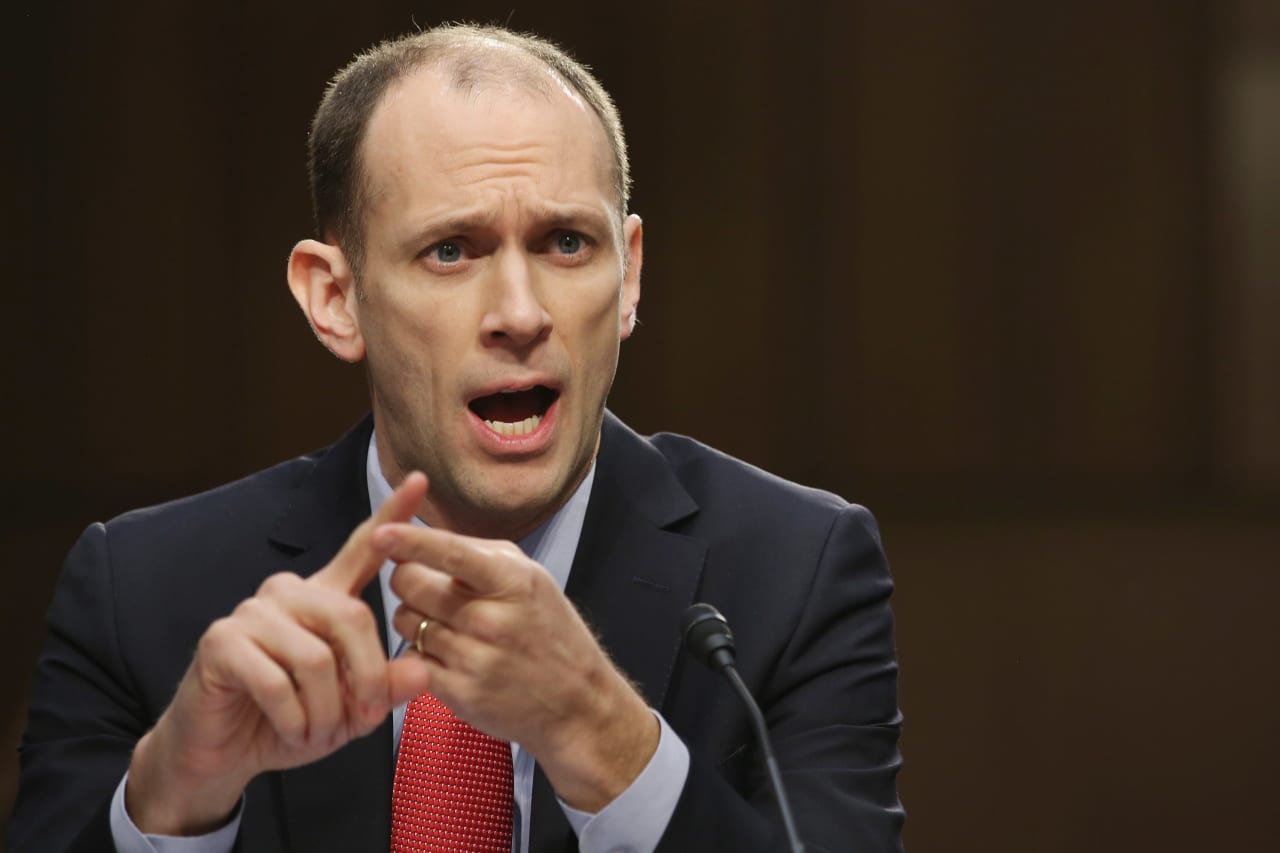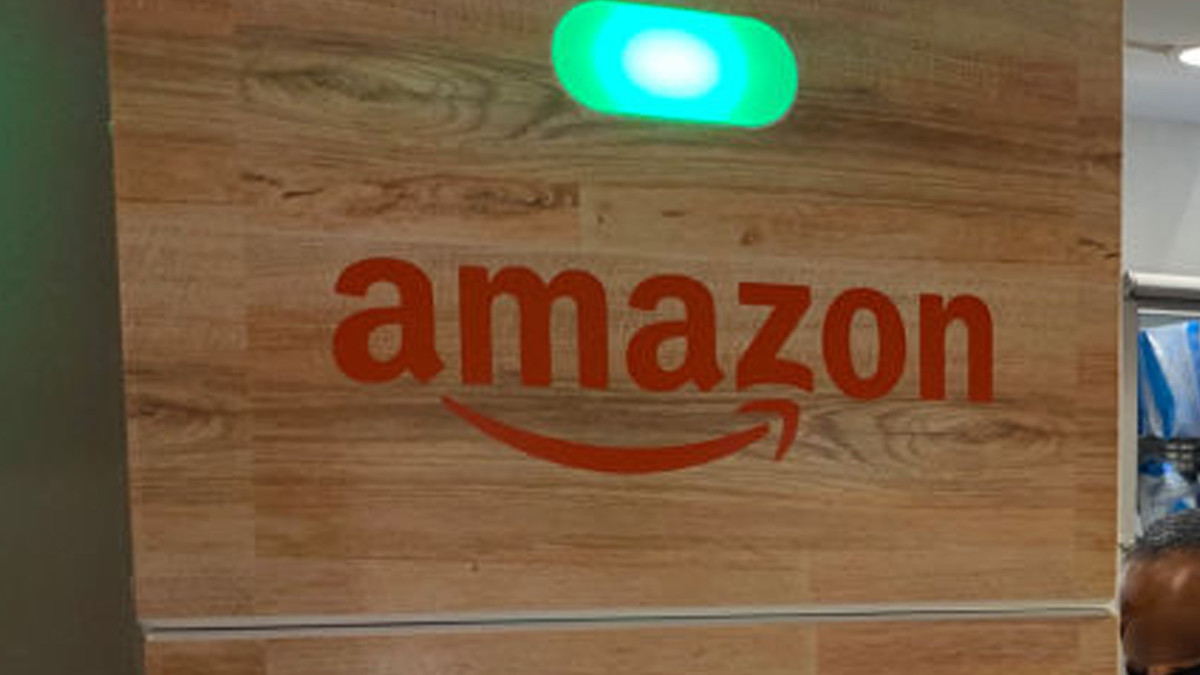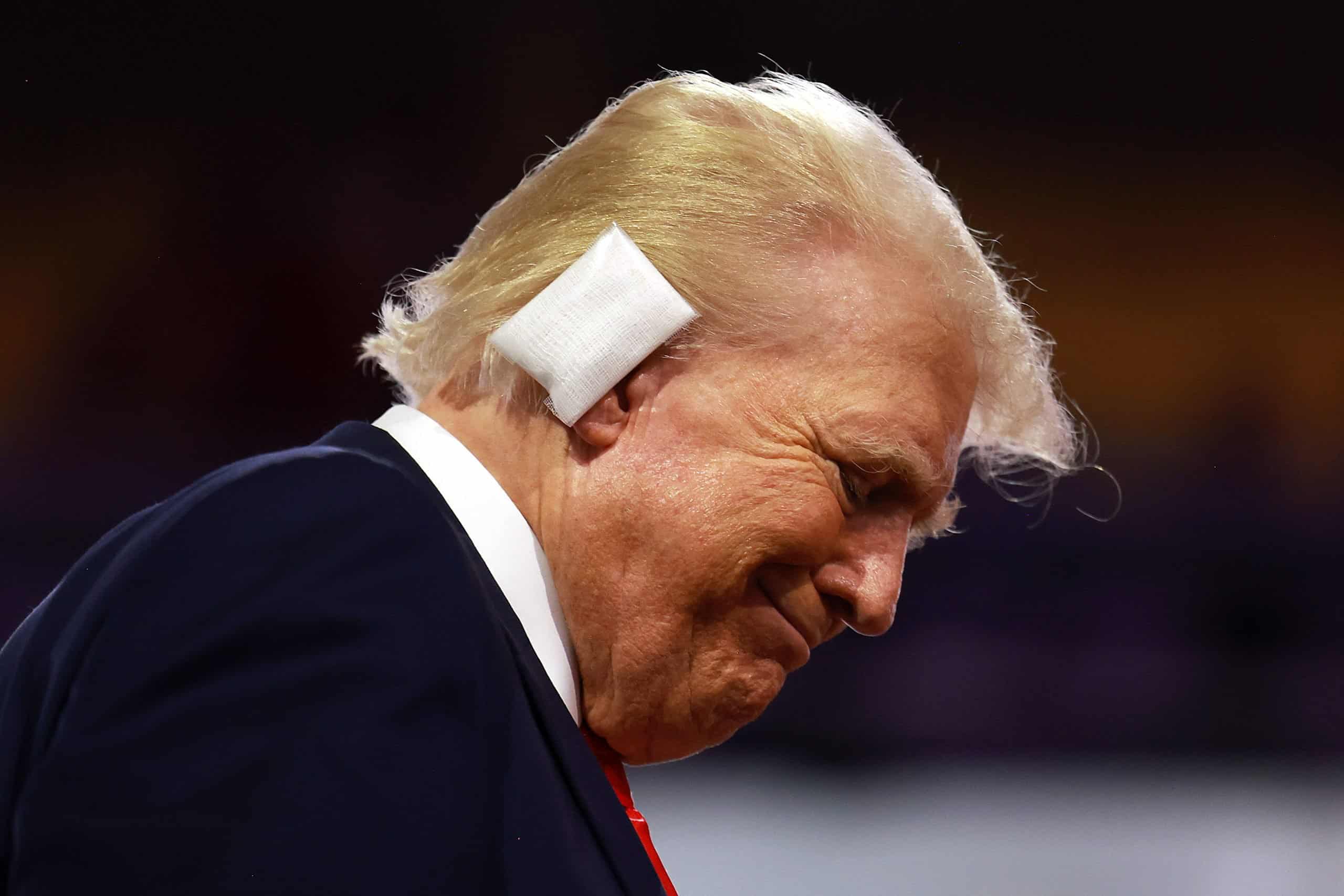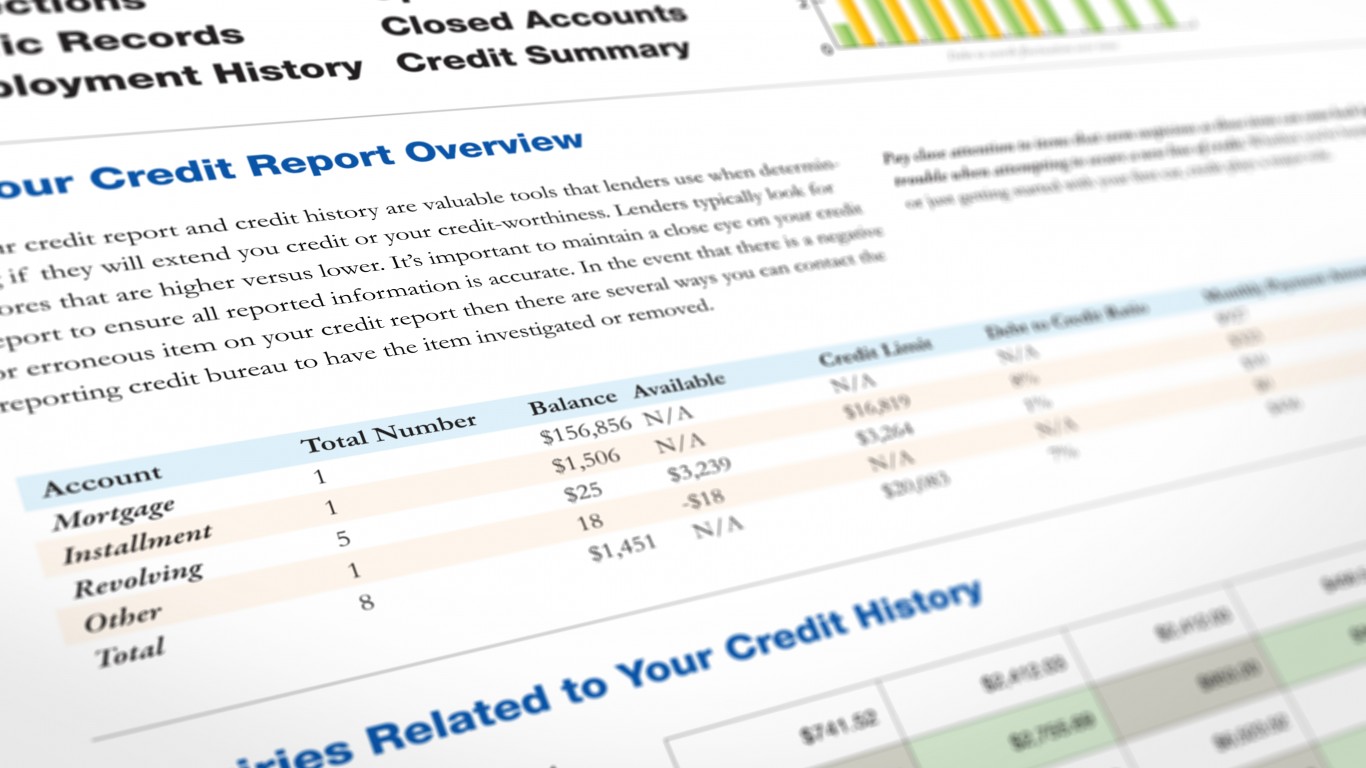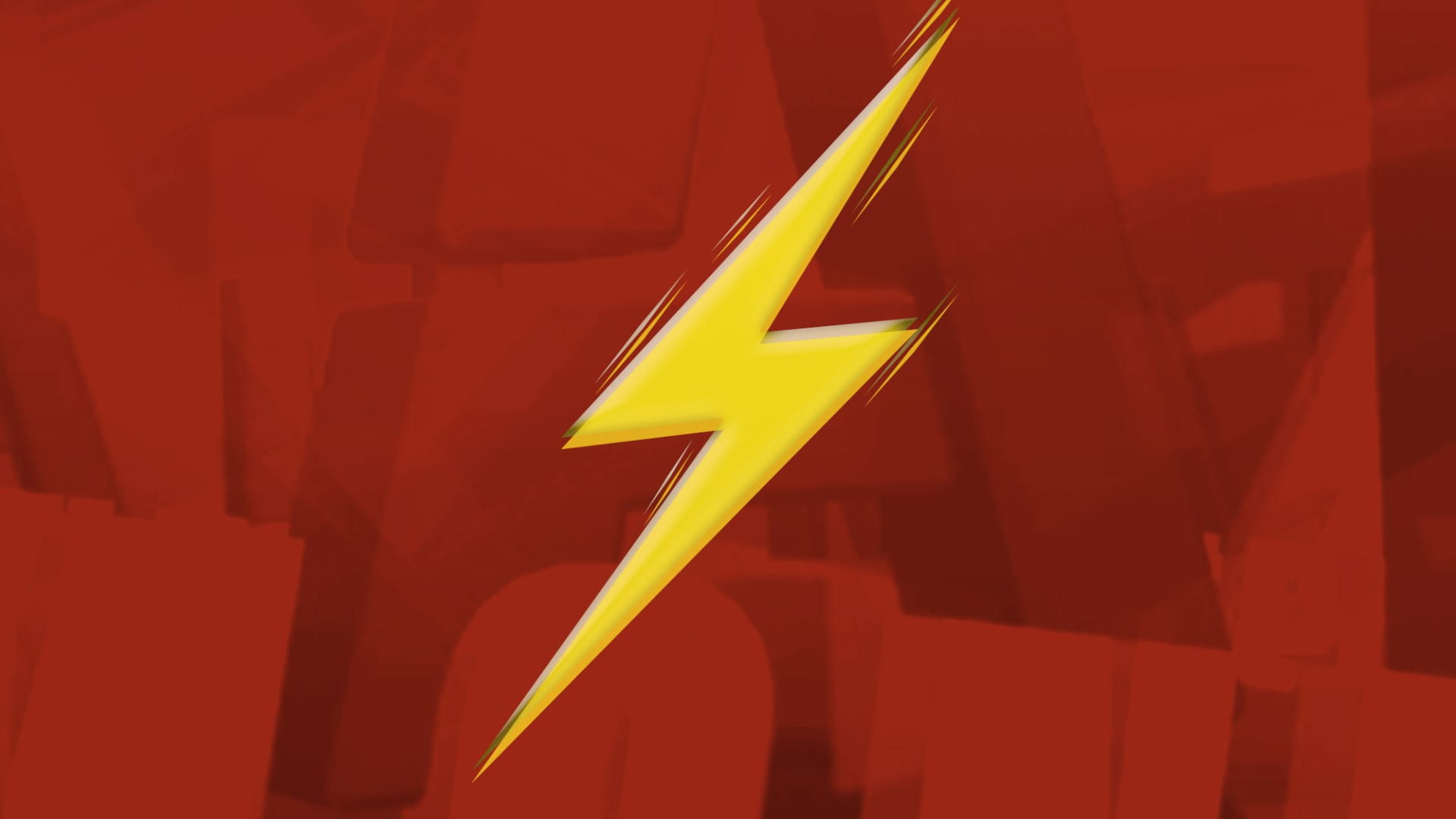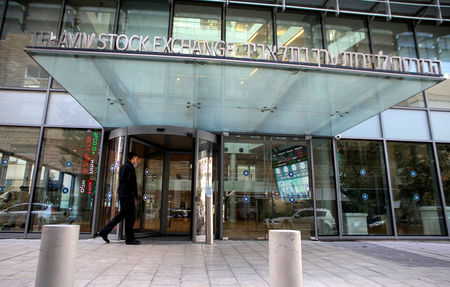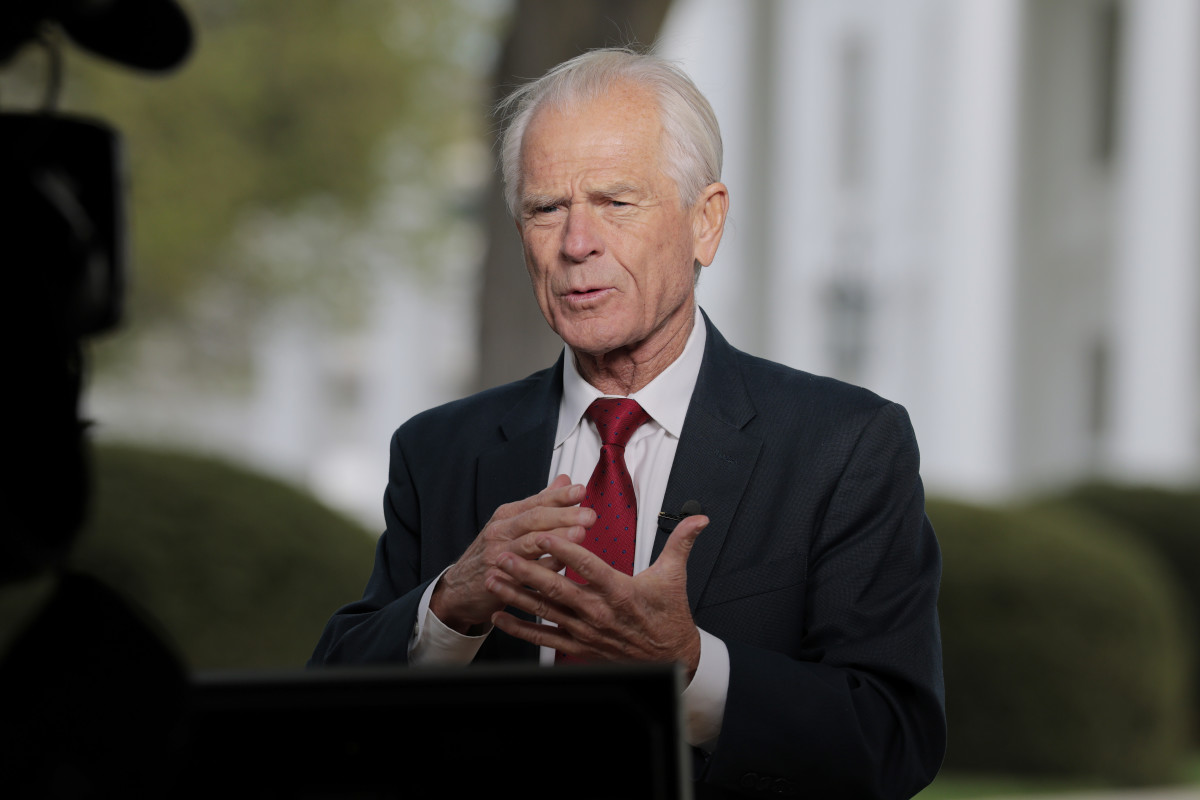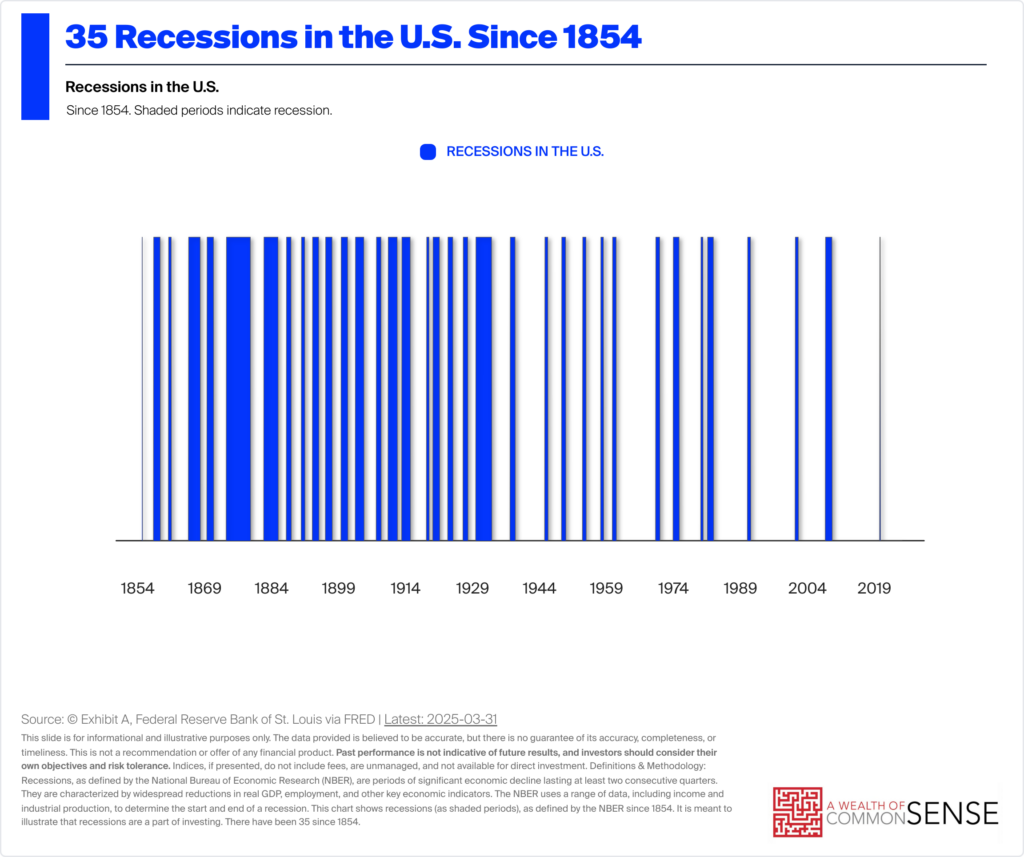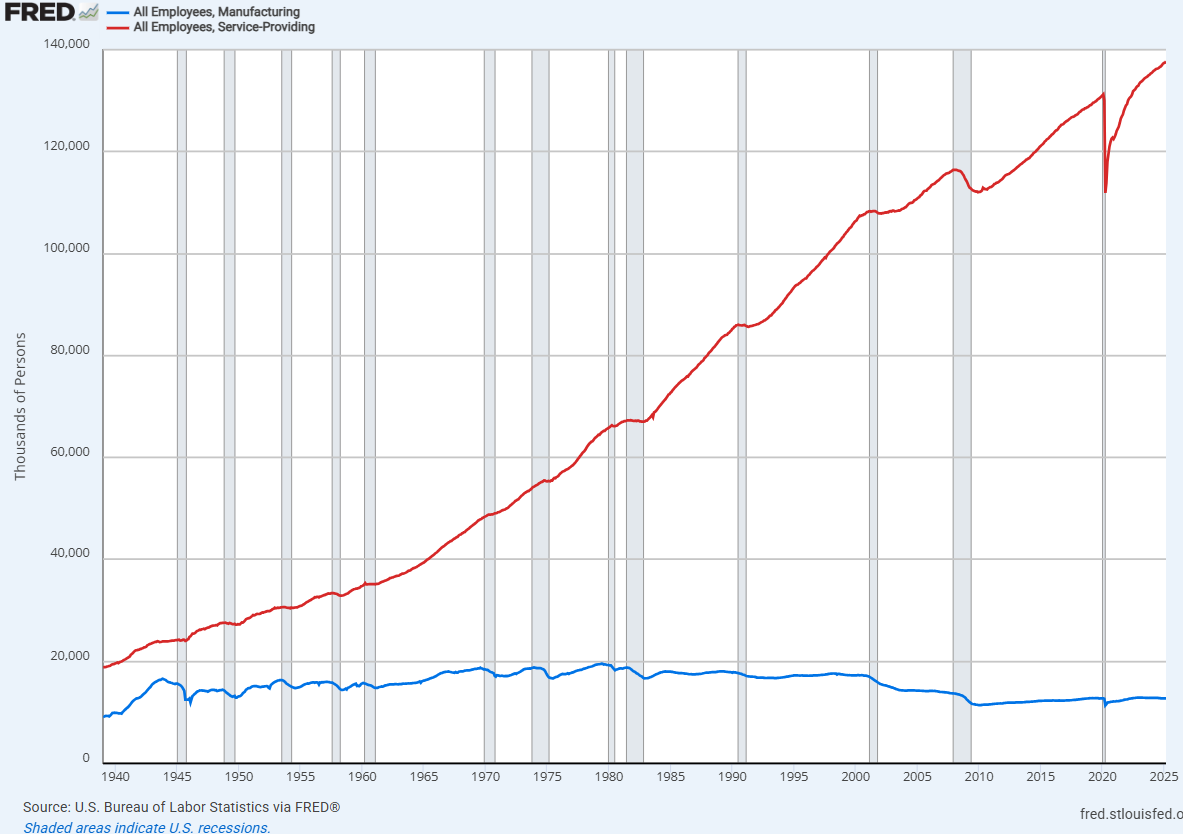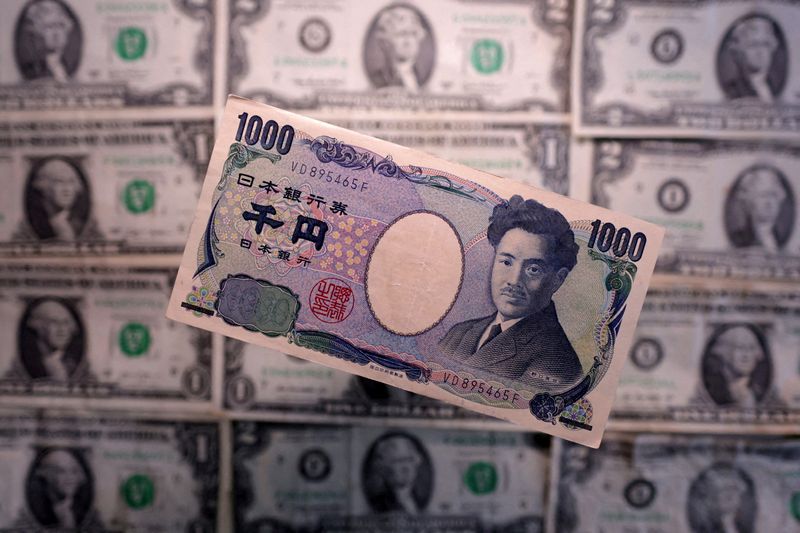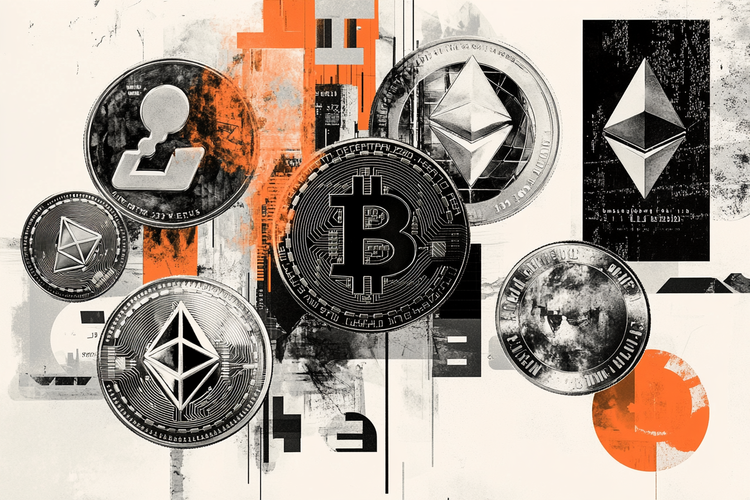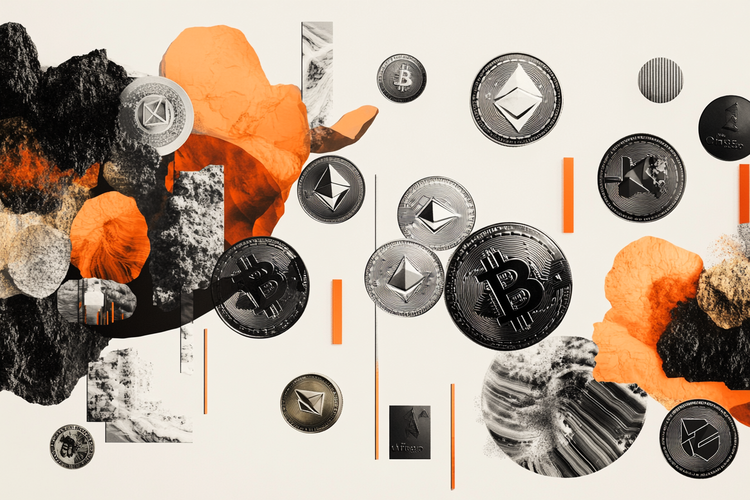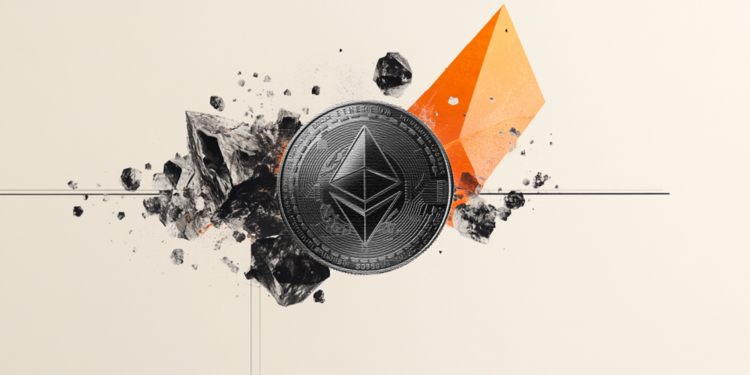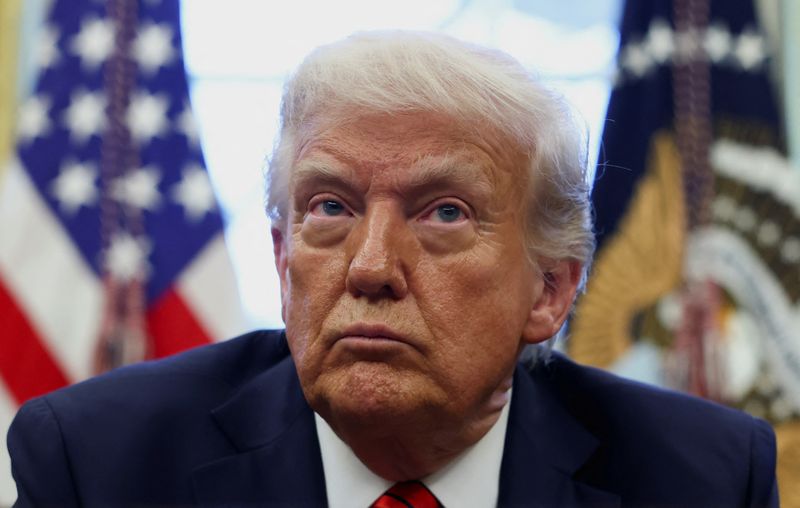Here’s How Foreign Education Systems Stack Up To America’s
What makes an education system good? The first thing to understand is that public education is not isolated in a vacuum in any country. Education is a puzzle piece that contributes to the overall quality of life for a country. Education is a key factor in determining a person’s socioeconomic status, statistically resulting in better […] The post Here’s How Foreign Education Systems Stack Up To America’s appeared first on 24/7 Wall St..

What makes an education system good? The first thing to understand is that public education is not isolated in a vacuum in any country. Education is a puzzle piece that contributes to the overall quality of life for a country. Education is a key factor in determining a person’s socioeconomic status, statistically resulting in better health outcomes and longer life spans.
Key Points
-
A more educated population is happier, healthier, and generally more stable than a population that is uneducated.
-
Countries that provide free public education for kids and adults also see higher tax revenue, better business outcomes, stronger economies, and happier citizens.
-
4 million Americans are set to retire this year. If you want to join them, click here now to see if you’re behind, or ahead. It only takes a minute. (Sponsor)
The higher someone’s socioeconomic status, the longer and healthier their lives. Having access to quality public education also increases access to cleaner living environments, access to affordable healthcare, jobs that pay enough to sustain a healthy work-life balance, and more.
Our Methodology

There are several studies that rank the top education systems in the world. We have used data from Global Citizens Solutions, World Population Review, and the World Health Organization Data to get a robust consensus that measures several factors. Among the things measured are the quality of education, amount of money spent on each student, literacy rate, policy and law, funding systems, transportation, support staff and administrative staff, teaching standards, student outcomes, and infrastructure.
We compare these countries to the United States to highlight some of the key differences. The United States is at the end of the list.
South Korea

- Graduation Rate: 96.7%
- Literacy Rate: 98.8%
- % GDP Spent on Education: 6.4%
- National Poverty Rate: 14.9% (2021)
- Life Expectancy: 83 Years
South Korea is known as the country with the most educated population. One reason is that education is really emphasized in their culture. Parents have high educational expectations for their children starting from a young age. South Korea’s curriculum has many standardized tests, and school performance in earlier years highly affects wages later on in life. Students in South Korea attend school for about 220 days per year.
Denmark
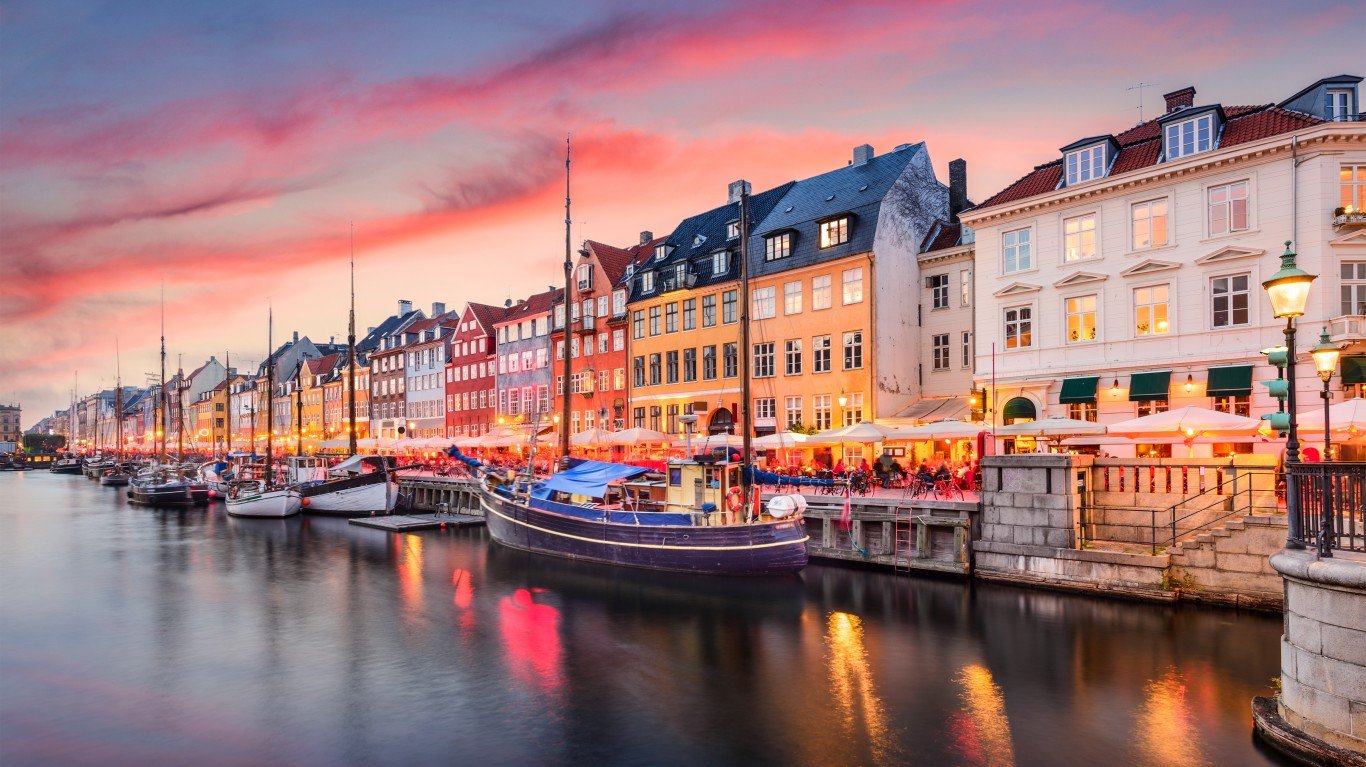
- Graduation Rate: 75.5%
- Literacy Rate: 99%
- % GDP Spent on Education: 8.7%
- National Poverty Rate: 12.4% (2021)
- Life Expectancy: 81 Years
Denmark culture values education and creating lifelong learners. Culturally, maintaining a highly educated and skilled workforce is valued. Schooling is free for students and financed by taxes. 98% of all kids in Denmark attend public school by the age of 3, and children are allowed to enter the education system as young as 9 months old.
Denmark values free play for young learners and forgoes standardized testing and class rankings almost altogether. Primary school lasts until children are 16. At that time, after completing a nationwide test to help them decide, they enter into a secondary school that has three options: gymnasium, trade school, or efterskole (after school). After secondary school is completed, tertiary education in a university or college can be selected. Students who attend university full-time receive government-funded income support to pay expenses while they are studying. While in university, students often also work in the fields they are studying for practical learning applications and skill building.
After Danes graduate, it’s extremely common for workplaces to fund additional training in the form of continuing education courses. There are also publicly funded adult classes that explore topics such as dancing, languages, painting, cooking, music, and other hobby categories. Besides education, Danes value a healthy work-life balance. Employees are legally entitled to five weeks of paid vacation per year, and most people work shorter but more efficient hours.
Netherlands

- Graduation Rate: 81.7%
- Literacy Rate: 99%
- % GDP Spent on Education: 5.05%
- National Poverty Rate: 7.4% (2021)
- Life Expectancy: 81.1 Years
The Netherlands is known for its inclusive and customizable education system. Culturally, education is highly valued and thought of as something that improves the lives of all citizens. Student autonomy begins at an early age, and students can choose between vocational training or general academic courses that best suit their needs.
Equality plays a major role for students. The three different learning tracks of secondary education beginning at age 8 ensure that each student can succeed regardless of socioeconomic status, special learning needs, and cultural background. Students are in control of their own learning from an early age and are fostered in stress-free environments. Homework loads are light, testing is few and far between, and the focus is on problem-solving, critical thinking, and creativity.
Something unique about The Netherlands is that multilingual education is valued, and students learn an average of two additional languages at school. Another unique thing is that vocational education is treated as just as important as academic degrees. Dutch programs offer extensive hands-on opportunities in fields like healthcare, engineering, technology, and business and ensure that students graduate with the skills needed to go directly into the workforce.
Belgium

- Graduation Rate: 74.3%
- Literacy Rate: 99%
- % GDP Spent on Education: 11.32%
- National Poverty Rate: 6.9% (2022)
- Life Expectancy: 81.5 Years
The foundation of Belgium’s education is a robust multilingual framework. Because Belgium combines Flemish, French, and German linguistic communities, integrating all three languages is valued, and producing a globalized workforce is culturally sought after. Students have the opportunity to explore three different educational pathways: general education, vocational schooling, or technical training.
Besides learning flexibility that drives success for all students, the Belgium education system aims to bridge the cultural and linguistic gaps in the country. Each student has access to a government funded public education, which is more standardized. Two other schooling options include private school, and a hybrid of the two: subsidized private schools.
Slovenia
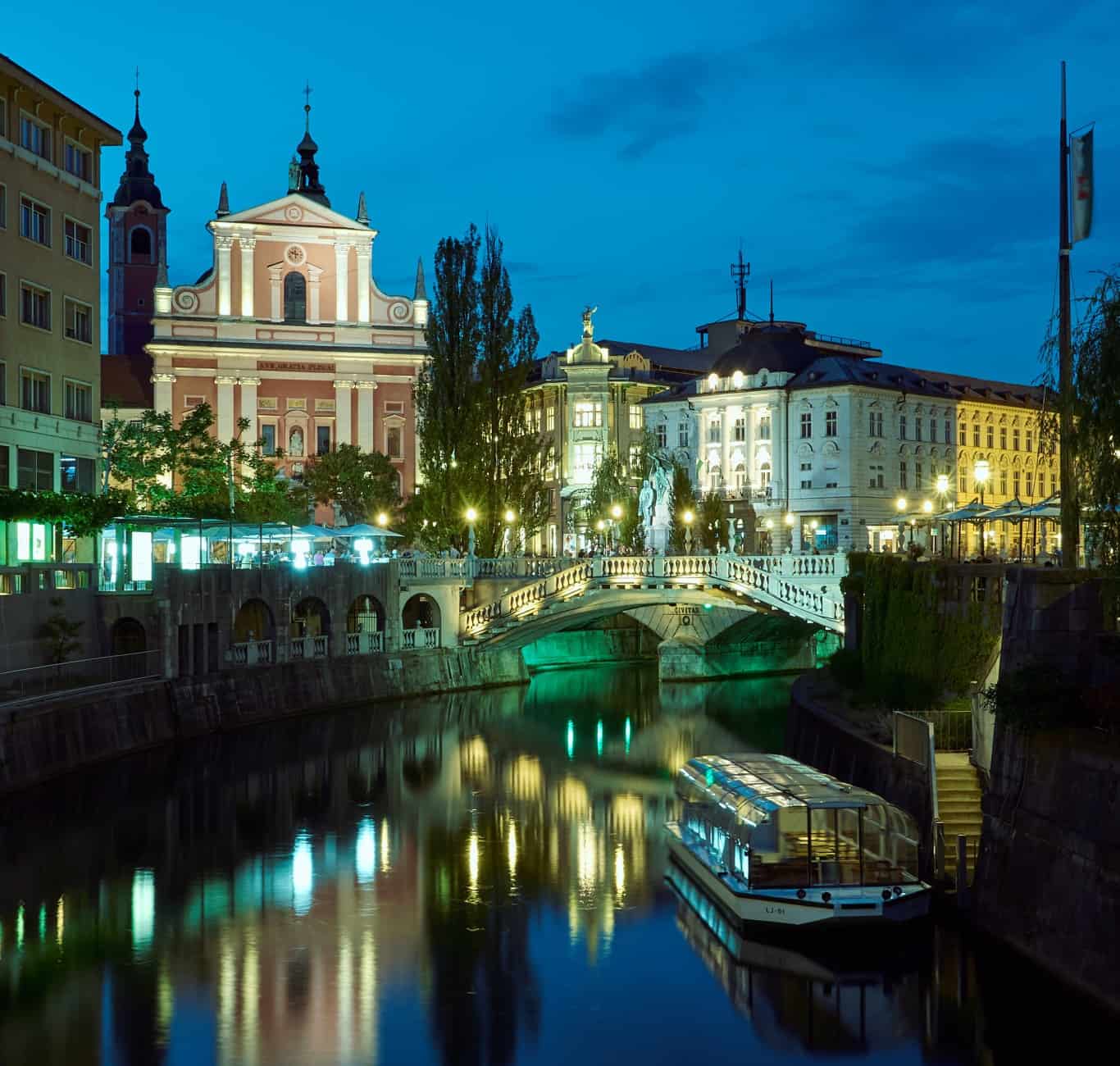
- Graduation Rate: 89.5%
- Literacy Rate: 99.7%
- % GDP Spent on Education: 5.2%
- National Poverty Rate: 7.9% (2021)
- Life Expectancy: 80.4 Years
Culturally, it is believed that the Slovenian government holds the responsibility of educating its citizens. Schooling in Slovenia is publicly funded and one of the core foundations is delivering an equal access to education for all. Investment in education is seen as an investment towards societal progress and individuals’ empowerment.
Primary Education in Slovenia are from ages 6-15, and a student can either attend a general primary school or a special education primary school. These different schools ensure that the student population that needs customization and tailoring the most receives it.
Secondary schooling offers two different paths: general secondary schools (gymnasiums), and vocational training schools. Gymnasiums offer a broad education and aim to instill a general knowledge base to prepare for higher education. It emphasizes liberal arts, critical thinking, and analytical skills.
Secondary vocational schools offer less broad and more specific education programs that aim to launch students directly into the workforce after graduation. Secondary vocational schools fill specific skill gaps in the economy, and offers hands-on and practical experience.
Besides hard skills, soft skills are also prioritized. Both secondary school types have an equal emphasis on extracurricular activities that foster social development, personal growth, and improve communication abilities.
Higher education comprises universities, universities of applied sciences, and private colleges. Each offers bachelor’s, master’s, and doctoral degree programs.
Japan

- Graduation Rate: 99%
- Literacy Rate: 99%
- % GDP Spent on Education: 5.5%
- National Poverty Rate: 15.4% (2021)
- Average Life Expectancy: 84.5 Years
The foundational emphasis on critical thinking, organization, collaboration, active listening, and responsibility is evident in the fact that Japanese children help clean their own classrooms, serve their own lunches, and learn practical skills alongside schoolwork.
Japan’s schooling structure is referred to as the 6-3-3-4 system: after two years of optional preschool, students have 6 years in elementary school, 3 years of lower secondary school, 3 years of upper secondary school, and then 4 or more years of higher education. Learning is more general until upper secondary school, where students can choose between an academic or vocational education track.
Unlike European education models, Japan strongly emphasizes examinations and assessments and keeps competition high. Students must pass high school entrance exams and experience long school day hours.
Germany
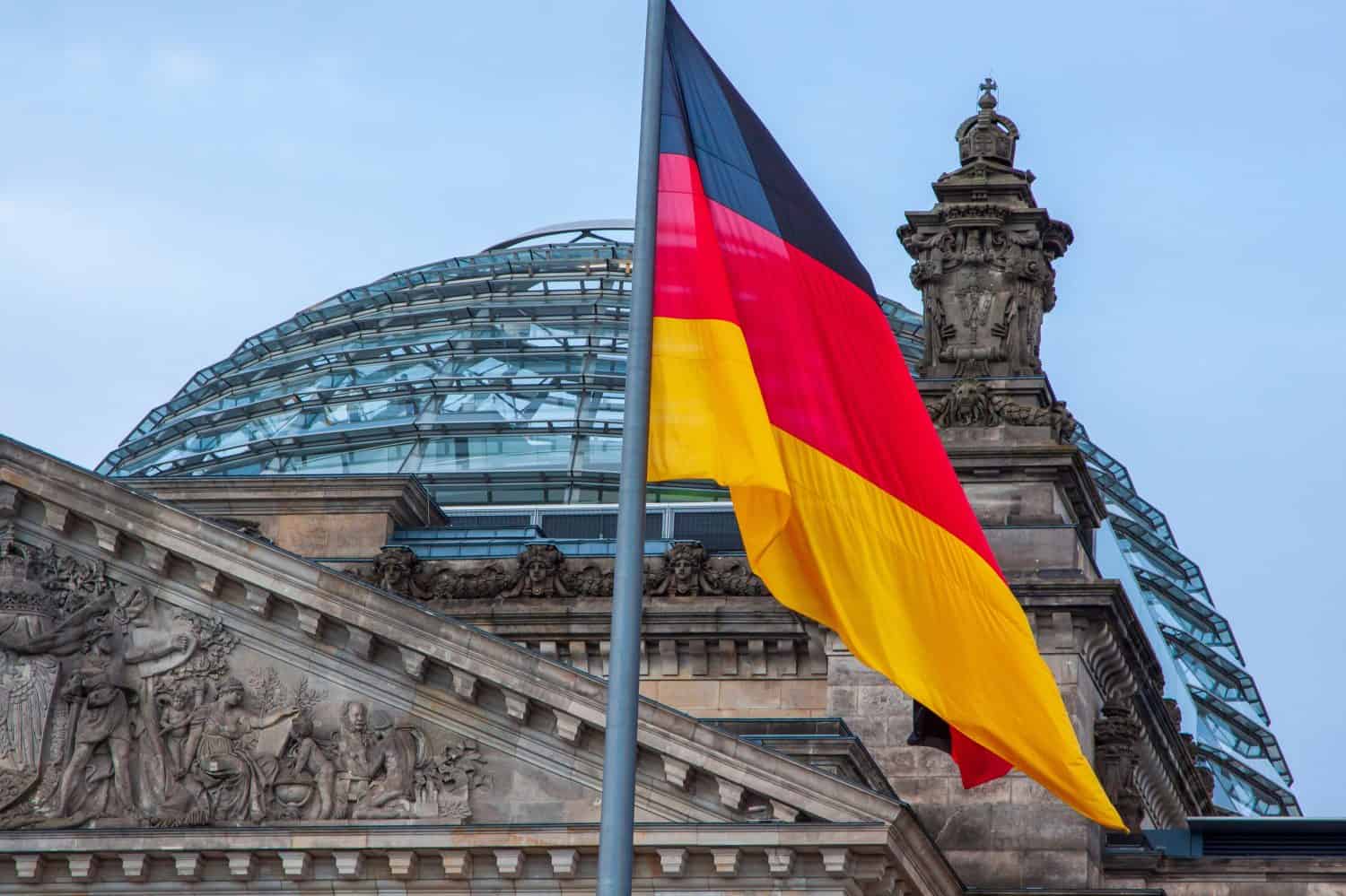
- Graduation Rate: 68.9%
- Literacy Rate: 99%
- % GDP Spent on Education: 4.5%
- National Poverty Rate: 14.6% (2021)
- Average Life Expectancy: 80.5 Years
The German education system emphasizes early childhood education, and all children are required to attend public school from ages 6-15. The five main stages of the German education system are early childhood, primary, secondary, tertiary, and continued education. During secondary education, teens are sorted into 4 different educational paths: Secondary General School (Hauptschule), Secondary School (Realschule), Comprehensive School (Gesamtschule), or Gymnasium (Academic Secondary School). Tertiary Education includes Vocational Schools, Technical Colleges, Universities, and Universities of Applied Sciences.
As you can surmise by the many different compulsory but diverse educational options, each learner’s strengths and interests are taken into account from a young age and encouraged along a path that fits their particular skill set.
Finland

- Graduation Rate: 80%
- Literacy Rate: 100%
- % of GDP Spent on Education: 6.2%
- National Poverty Rate: 6.7% (2022)
- Average Life Expectancy: 82.63
Education in Finland is mostly free, although some higher education options have minimal fees. Education is compulsory, and the differences between schools in regards to quality and funding are miniscule.
Publicly funded early childhood education is an entitlement every Finnish child receives. Options with this are day care, family day care, or open early childhood education which they can attend with a parent. Pre-primary school is required for children once they turn 6.
Comprehensive education starts when children turn 7, and comprises 9 grade levels. Something unique about the educators in Finland is that each one has at least a Master’s degree, and is specialized in the subjects that they teach.
Another unique thing about Finnish education is that children will be in the same class with the same teacher for the first six years of Comprehensive Education. There are no national standardized tests, and results are monitored from sample-based evaluations.
United States

- Graduation Rate: 87%
- Literacy Rate: 79%
- % GDP Spent on Education: 3.4%
- National Poverty Rate: 18.1%
- Average Life Expectancy: 76.4 Years
The United States ranks 30th in terms of education. The United States education system varies from state to state in terms of funding and quality. All children are entitled to a publicly funded education from kindergarten through high school (ages 6-18). Public Education curriculum is set by each state, so the quality can vary. Public education is funded by property taxes in each school district. Typically, wealthier areas have much nicer and well-funded schools, because the property values are higher than in underserved areas where there are fewer homeowners.
Public schools in the United States tend to be understaffed, underfunded, and with underpaid teachers. Notoriously, school shootings are part of the American school culture and are an emergency that schools practice drills for. Throughout the nation, there is an average of one school shooting incident per school day.
Private school is publicly funded in some states, but are often tuition-based in others. Since funding is different, these schools are usually of higher quality, but also have flexibility in their curriculum, and can be subject or occupation-specialized.
Higher education is optional and not publicly funded. Colleges or Universities are tuition-based, and the high cost creates high levels of debt for students that are often almost impossible to pay off.
The average American accumulates approximately $28,950 in student loan debt during their higher education experience. Depending on the type of loan, interest rates are sometimes subsidized by the government. And, depending on student income, students may receive tuition assistance in the form of grants, scholarships, or tuition forgiveness programs post-graduation. Some employers even offer student loan forgiveness as a work benefit. Only about 39% of Americans have completed four years or more of college. Another option that students can pursue is a Technical College, which often costs less than universities or vocational training. Vocational training is not as valued culturally as traditional education.
Despite the varied quality of primary and secondary education throughout the nation, some of the United States’ Higher Education Institutions are world-renowned and have excellent quality. Some of the top universities in the world, including Harvard University, Princeton, the Massachusetts Institute of Technology (MIT), and Yale University, are in the United States.
The post Here’s How Foreign Education Systems Stack Up To America’s appeared first on 24/7 Wall St..


